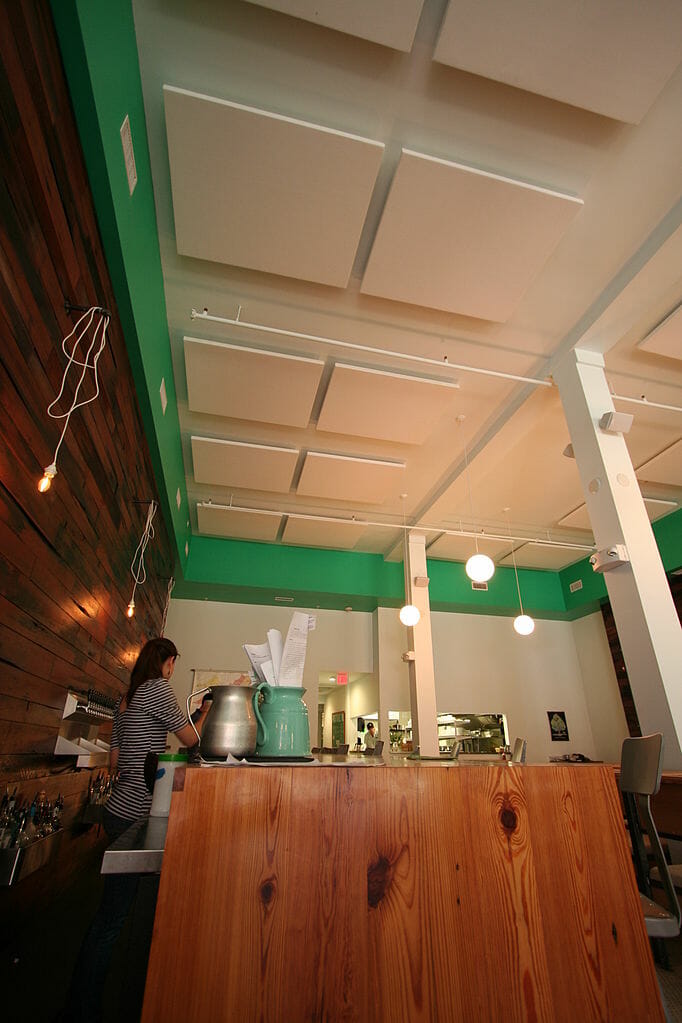News
Sound solutions

It’s neither possible, practical, nor even desirable to create a perfectly quiet environment, but studies consistently demonstrate that noise can cause stress. And it’s not usually the noise itself but a feeling of lack of control that irks aurally assaulted employees. Fortunately, techniques are available to architects and building managers that can effectively reduce noise pollution to manageable levels. Here are three effective ways to give office workers room to hear themselves think.
- Strategic office design. If you’re building a new space, then you enjoy the advantage of a blank canvas to work with. Placing equipment like fax machines, copiers, and printers in a separate workroom keeps beeps and buzzes from contributing to a computerized cacophony. If you have control over the building envelope, double glazed windows, special roofing elements, and good ventilation design can keep outside noise from coming in. And vibration isolation systems can prevent upstairs occupants, mechanical systems, and water pipes from creating periodic distractions.
- Acoustic absorption. Sound is nothing more than pressure waves that our eardrums detect and our brains interpret. And like other waves, sound waves reflect off of hard, solid surfaces rather effectively. But sound absorbing devices like wall panels, hanging baffles, perforated screens, and upholstered furniture reduce sound reflection and contribute to a more peaceful work environment. Anechoic chambers and recording studio isolation booths offer extreme examples of this technique in action.
- Sound masking. There’s a reason retail stores and restaurants play the music they do: Every track is carefully chosen to encourage customers to eat, shop, and linger. Plus, pleasant background noise can distract from less pleasant sounds like the ringing of registers. Office managers can take advantage of such techniques by playing ambient music at a low volume or by introducing low levels of white noise. The idea is to deliver spatially and temporally consistent background noise that subtly competes with other sounds for the listener’s attention without drawing undue attention to itself.
Keep in mind that a perfectly quiet environment can actually make employees feel less comfortable than one with some noise: A certain level of background noise enhances privacy, promotes a sense of activity, and helps set the mood of a space.
Noise doesn’t have to be a problem. When owners, architects, and engineers work together to create an effective office environment, the efficient space can become an incubator for great ideas and sound solutions.
